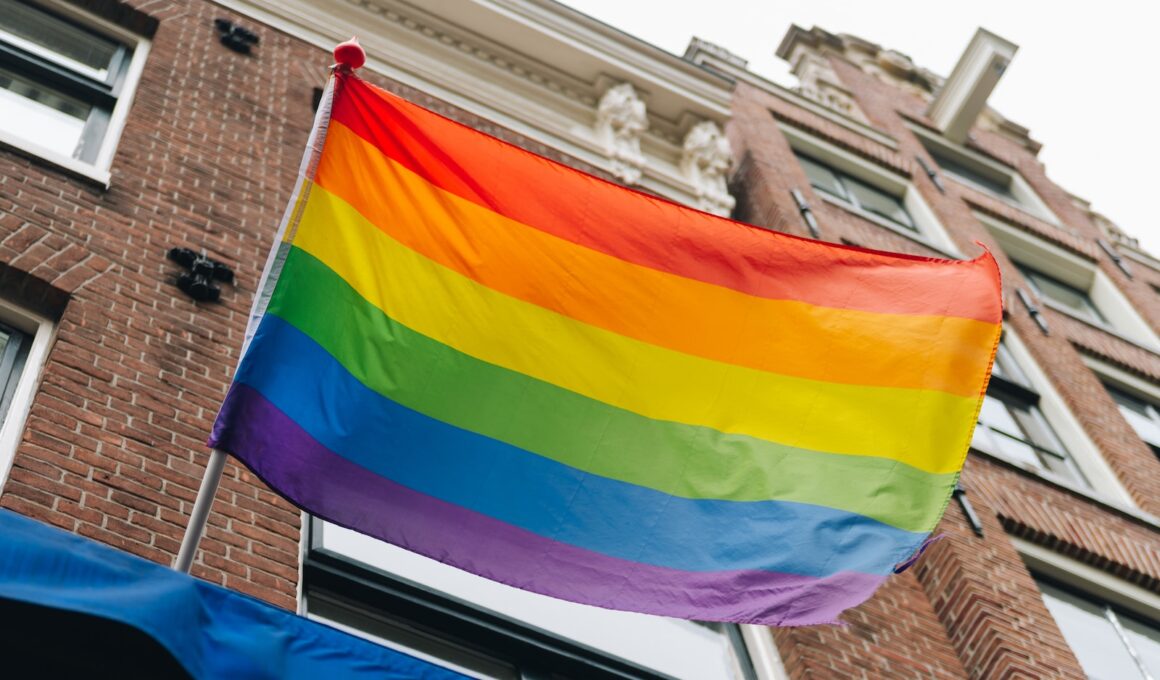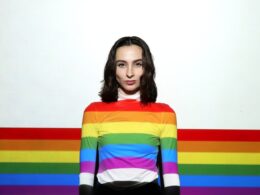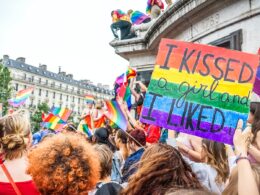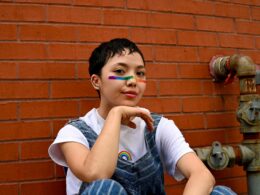One major milestone that many LGBT adults have reached is telling a parent about their sexual orientation or gender identity. Among those who have done so, most say their relationship with their mother grew stronger after they told her and relatively few say it got weaker.
A woman who is emotionally, romantically and/or sexually attracted to other women. Women and nonbinary people may use this term to describe themselves.
Definitions
Many people use different terms to describe their sexual orientation and gender identity. Some of these terms can be confusing or even offensive, so it is important to know the difference between them. This glossary aims to provide basic definitions of some of the most common LGBTI terminology. However, it is important to remember that individuals must self-identify and may choose the terminology that feels most comfortable for them. Likewise, some words may change meaning over time.
Gay: A person who is attracted, emotionally and/or physically, to those of the same gender. This can include men, women and those who identify as nonbinary.
Gender: The sex assigned to a person at birth, typically based on external anatomy. Gender can be a source of distress and anxiety for some individuals, especially when it conflicts with their gender identity or expression. Gender can also be a social construct, but some individuals feel that it is related to their role in society and the expectations placed upon them.
A woman who is attracted, emotionally and/or sexually, to women. This can include lesbians, cisgender women and those who identify as transgender.
Queer: An umbrella term used by some members of the LGBTI community to refer to all of them collectively. While queer was once a derogatory slur, it has since been reclaimed by some individuals as a positive and inclusive term.
Differences
Gay is a word used to describe people who have enduring romantic, emotional and/or physical attraction to men. Lesbian is a word used to describe women who have those same feelings toward other women. The two words are different because gender identity is based on a person’s innermost feelings about themselves and their experiences, while sexual orientation is their innate natural physical and emotional attraction to people of the same or opposite sex.
Gay and lesbian people can have stable relationships just like straight couples, and they can go through all the ups and downs of dating, break-ups and make-ups. Gender identity is a person’s internal sense of being either male or female, and it can change over time. People can also identify as transgender, which means their gender identity matches the biological sex assigned to them at birth, but they may or may not want to engage in sex with people of the same sex.
LGBT adults who say that being gay or lesbian is extremely or very important to their overall identity are more likely to live in LGBT-friendly neighborhoods than those who say it’s less important. Some 23% of gay men and 12% of lesbians say that the level of social acceptance for LGBT people in their city or town is a major reason why they live there.
Acceptance
While LGBTQ acceptance has improved over the years, there is still much work to be done. The best way to help is by educating yourself on LGBTQ issues and making an effort to make your life more inclusive. This might include using gender-inclusive language, inviting your LGBTQ friends to events you are planning with straight or cisgender people and supporting LGBTQ politicians.
Throughout history, homosexual activities and orientations were condemned by church, state and medical officials. These paths of persecution, such as sensational public trials, exile and medical warnings were fueled by homophobia (fear or dislike of someone because of their sexual orientation or gender identity).
Sexual orientation refers to an individual’s enduring romantic and/or emotional and physical attraction to people of the same sex and/or to men and women. Gender is a person’s innate sense of their internal masculinity or femininity.
There is no inherent reason why LGBTQ individuals cannot enjoy stable, loving relationships just as heterosexual couples do. Many same-sex couples have ups and downs, breakups and make-ups just as all other couples do. Those who choose to marry in the future will do so at their own pace, with whatever arrangement makes them feel comfortable and happy. It is important to remember that marriage is still illegal for gay and lesbian couples in some countries.
Community
There is no single definition of sexual orientation or gender identity, and the terms gay and lesbian are merely labels used to describe some people’s relationships. Gay and lesbian individuals are just as capable of forming stable relationships as straight people are. They can have children, go to work, play sports, take vacations and participate in other activities. But they face unique challenges, including homophobia and other forms of discrimination.
Young LGBTQ youth are more likely to experience rejection by family members, bullying and sexually transmitted infections than their cisgender peers. They are also overrepresented in child welfare and juvenile justice systems. To reduce these disparities, schools can implement Gay-Straight Alliances and anti-bullying policies. But they must also ensure that they provide accurate, inclusive sexual health education to all students.
Discrimination against LGBTQ people can even have life-threatening consequences. For instance, some healthcare providers may refuse to treat patients who disclose their homosexuality or sex history, or deny medically necessary treatment because of religious beliefs. Moreover, a lack of LGBTQ-friendly healthcare professionals means that people who seek care must travel farther and wait longer for appointments, which can be especially difficult for marginalized populations. This is a particularly serious issue in rural areas, where LGBTQ people are more likely to live and seek care. Thankfully, a growing movement of advocacy groups, organizations and communities are pushing to change this dynamic.









